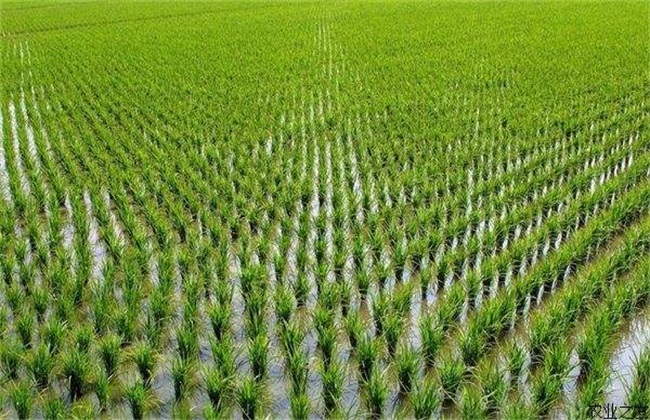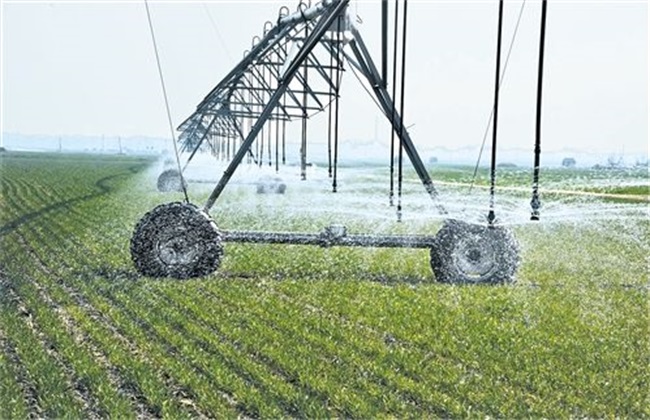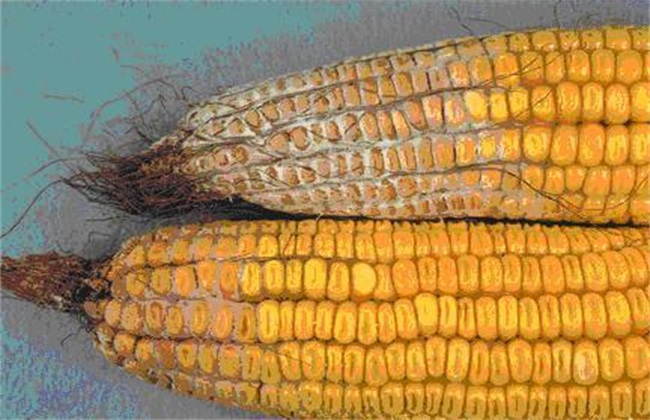How to manage and control diseases and insect pests in rice
Rice is the staple food of most people in our country, and it has a very large planting area in our country. Is an indispensable food crop, in the cultivation of rice, diseases and insect pests are a great headache for many farmers. Diseases and insect pests will seriously affect the yield and quality of rice, so how should we control them? In fact, the main thing is to strengthen management and give priority to prevention, so the following editor will introduce to you how to manage and prevent diseases and insect pests. Let's take a look!

1. Optimize fertilization
When applying fertilizer, we should pay attention to control the application of nitrogen fertilizer, and we must not apply too much nitrogen fertilizer. If there is too much nitrogen fertilizer, it will easily lead to rice sheath blight, leaf blight and other diseases. It will also cause leafhoppers, rice planthoppers and other insect pests. Therefore, we must optimize the fertilization structure and apply about two kilograms of urea at the booting stage of rice. In the later stage, urea solution was sprayed on the leaves, and then an appropriate amount of phosphorus and potassium fertilizer was used to enhance the disease resistance of rice.
2. Water management
Although water is very important to the growth of rice, we must pay attention to controlling the water level when planting. The water level should be properly raised to protect seedlings during the transplanting period, and then the water level should be raised appropriately at the booting and heading stage. In other growing periods, attention should be paid to controlling the water level, mainly by alternating dry and wet. Properly lowering the water level and more irrigation with small water can effectively prevent diseases such as sheath blight and rice blast. It should also be noted that some disease germs can spread with water, so we should pay attention to avoid the string of fields and water, and drain water in time in case of rainy season to prevent spillage from rice fields.
3. Microbial pesticides
In the use of pesticides, microbial pesticides should be given priority, because the effect of microbial pesticides is relatively strong, and less toxic, basically no residue, should be vigorously used in high-quality rice. There are different pesticides for different diseases and insect pests, such as Xanthomonas oryzae powder has a very good control effect on rice bract insects, leaf rollers and so on. On the other hand, insecticides such as insecticide have a good effect on rice blast. Therefore, we should choose microbial pesticides reasonably according to the actual situation of planting to achieve the best control effect.
4. Pesticides with high efficiency and low toxicity
In fact, chemical pesticides are also indispensable for the prevention and control of diseases and insect pests, especially in the event of a sudden illness, the control effect of chemical pesticides is very obvious. However, attention should be paid to the choice of agents, mainly varieties with high efficiency and low toxicity. For example, methomyl, Ye Kuning, and so on. And when using it, we must pay attention to the dosage and the concentration of the medicine. it is best to pick and treat when the disease is small. Finally, we need to strictly control the safe interval of drug use.
5. Ecological balance
When we control insect pests, we can make use of the natural enemies of some pests to control the harmless natural enemies of rice. For example, frogs feed on pests for a large part of their food, so we can put an appropriate amount of frogs in the rice fields. As long as there are enough frogs, it is better than all pest control methods, so farmers with conditions can give it a try.
The above is a brief introduction to how to manage and control diseases and insect pests in rice. The management of rice is very important, which has a lot to do with the yield and quality, so we must pay more attention to it. That's all for today's introduction, this article is for reference only, thank you for your reading and support!
Related
- The first cup of black tea in spring, the flavor and history of tea gardens in Kenya, Africa
- The computer can not only choose potatoes, but also grow tea rice. AI will grow winter oolong tea champion.
- It is not only the inflated tea bitten by insects, but also engraved with the four seasons tea in Beipu.
- The Oriental Beauty Tea Festival in Zhuxian County takes the stage at the weekend to experience the plus-size feast of oil tea.
- & quot; Oriental Beauty Tea & Exploration of Emei in Hsinchu, the hometown of quot;
- The new variety of strawberry "Tainong 1" dessert is the first choice with mellow aroma. Crimson gorgeous
- History of Tea in Taiwan: from Wild Inner Mountain to Export Tea Garden
- Two types of Taiwan Oriental Beauty Black Tea won the British three-Star Award for Childhood Tea Xiang Zhang Jiaqi changed from pilot to champion tea maker.
- Banana species and varieties: the planting history of Taiwan Xianren banana and dwarf banana is long, is banana disease resistant?
- Coffee planting Technology: Qianjie Coffee from Seedling to harvesting



